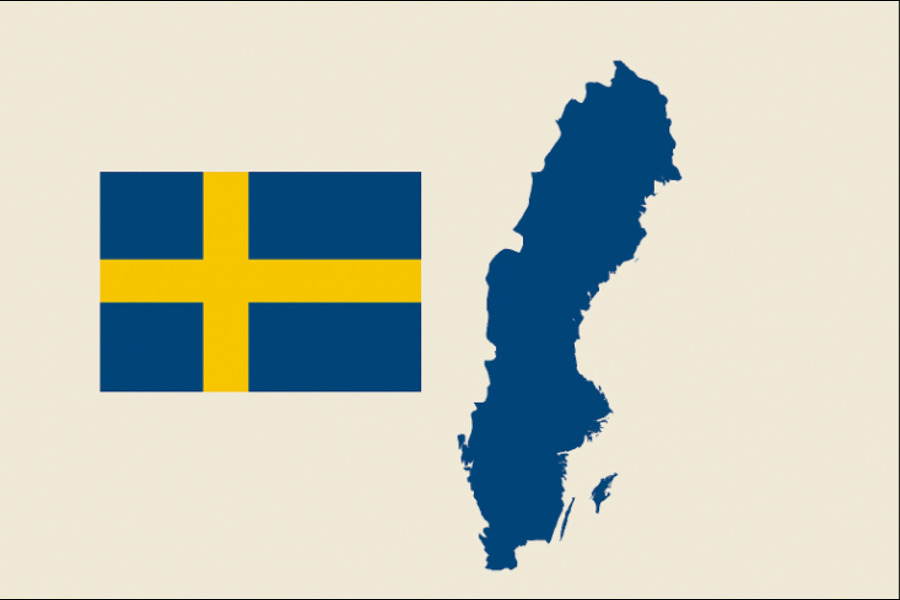Mergers and acquisitions (M&A) have played a focal point in shaping Sweden’s corporate landscape, driven by strategic objectives such as market expansion, diversification, and operational efficiencies. The Swedish M&A market has witnessed significant transformations over the decades, influenced by both domestic and international economic factors.
Regulatory Framework in Sweden
Sweden’s M&A activities are governed by a regulatory framework designed to protect shareholders and ensure fair practices during takeovers. Key components of this framework include the Swedish Companies Act and the Swedish Takeover Act, which outline the procedures and obligations for public offers. Notably, Sweden’s Foreign Direct Investment (FDI) Act requires prior notification for all direct and indirect investments into protected activities, encompassing both Swedish and EU investors. This contrasts with many other countries where such notifications may only be mandatory for non-EU investors.
Frequency and Drivers of M&A Activities
The Swedish M&A market has experienced fluctuations, often mirroring global economic trends. For instance, in 2022, there was a notable increase in M&A activity, with 2,935 deals announced. This surge was attributed to moderate inflation, strong economic growth, and high corporate profits. Strategic objectives such as expanding market presence, diversification, and achieving operational efficiencies have been primary motivators for companies engaging in M&A.
Historical Overview and Major Deals
Over the years, Sweden has been the stage for several significant M&A transactions. Here is a list of ten of the largest deals:
- Lundin Energy’s Oil & Gas Business Acquisition (2021)
- Value: $9.9 billion
- Details: A major transaction in the oil and gas sector, marking one of Sweden’s largest deals.
- Acquisition of Meda AB (2016)
- Value: $9.9 billion
- Details: Viatris acquired Meda, a significant move in the pharmaceutical industry.
- Sale of Volvo Car Corporation to Geely Holding Group (2010)
- Value: $1.8 billion
- Details: Chinese automaker Geely acquired Volvo Cars, aiming to rejuvenate the brand and expand its global footprint.
- Acquisition of Gambro AB (2013)
- Value: $4 billion
- Details: Baxter International acquired Gambro, a move to enhance its renal therapies portfolio.
- Acquisition of Securitas Direct (2011)
- Value: $3.4 billion
- Details: Bain Capital and Hellman & Friedman acquired the security services provider.
- Acquisition of Scania AB by Volkswagen (2008)
- Value: Approximately $3.3 billion
- Details: Volkswagen increased its stake to become the majority owner of the Swedish truck manufacturer.
- Acquisition of Song Networks Holding AB (2004)
- Value: $2.4 billion
- Details: TDC A/S acquired the telecommunications company to strengthen its Nordic presence.
- Acquisition of Telelogic AB by IBM (2007)
- Value: $845 million
- Details: IBM acquired the software development company to enhance its software delivery capabilities.
- Acquisition of Axis Communications by Canon (2015)
- Value: $2.8 billion
- Details: Canon acquired the network video solutions provider to expand its surveillance business.
- Acquisition of Rezidor Hotel Group by HNA Tourism Group (2017)
- Value: Approximately $780 million
- Details: HNA acquired a significant stake in the hotel group to expand its hospitality portfolio.
Successes and Challenges
Many of these deals have been strategic successes, leading to expanded market presence and enhanced capabilities. For instance, Geely’s acquisition of Volvo Cars revitalized the brand, leading to increased global sales. However, not all acquisitions have met expectations. Challenges often arise from cultural integration issues, regulatory hurdles, and market dynamics that can impede the anticipated benefits of such transactions.
Strategic Decisions and Their Rationale
The strategic rationale behind these M&A activities varies:
- Market Expansion: Companies seek to enter new geographical markets or strengthen their position in existing ones.
- Diversification: Acquiring firms in different industries or sectors to mitigate risks associated with market volatility.
- Technological Advancement: Acquiring firms with innovative technologies to enhance product offerings and maintain a competitive edge.
Recent M&A Activities (2024–2025)
The Swedish M&A landscape in 2024 and early 2025 has been marked by several significant transactions:
- EQT’s Bid for Fortnox (March 2025)
- Value: $5.5 billion
- Details: Private equity firm EQT, in collaboration with Fortnox’s chair Olof Hallrup, made an all-cash offer for the Swedish software company Fortnox. The bid, which represented a 35% premium on Fortnox’s share price, aimed to capitalize on the company’s growth potential in the financial software sector.
- Schibsted Media’s Acquisition of TV4 Media (February 2025)
- Value: SEK 6.55 billion
- Details: Schibsted Media announced its intention to acquire TV4 Media, including Swedish broadcaster TV4 and Finnish broadcaster MTV, from Telia Company. This move is expected to strengthen Schibsted’s position in the Nordic media landscape.
- Boliden’s Acquisition of Neves-Corvo and Zinkgruvan Mines (December 2024)
- Value: Up to $1.45 billion
- Details: Swedish mining company Boliden agreed to purchase the Neves-Corvo mine in Portugal and the Zinkgruvan mine in Sweden from Lundin Mining. This acquisition aims to enhance Boliden’s production capabilities in copper and zinc.
- DNB’s Acquisition of Carnegie (October 2024)
- Value: $1.14 billion
- Details: Norwegian bank DNB announced plans to acquire Swedish investment bank and asset manager Carnegie. The all-cash transaction is expected to create a leading Nordic entity in investment banking and asset management.
- Scania’s Acquisition of Northvolt Systems Industrial (February 2025)
- Details: Truck manufacturer Scania agreed to acquire Northvolt’s heavy industry battery business, Northvolt Systems Industrial. This move is intended to bolster Scania’s capabilities in battery systems for industrial applications. As of March 2025, Northvolt Systems filled for bankruptcy and truckmaker Scania is willing to go ahead with purchasing the only profitable business of bankrupt battery maker.
Conclusion
Sweden’s M&A landscape reflects a dynamic interplay of strategic ambitions, regulatory frameworks, and market conditions. The country’s transparent and efficient regulatory environment, coupled with its robust economic fundamentals, continues to make it an attractive destination for both domestic and international M&A activities. As companies pursue growth, diversification, and technological advancement, M&A remains a vital tool in achieving these objectives within Sweden’s evolving corporate ecosystem.

